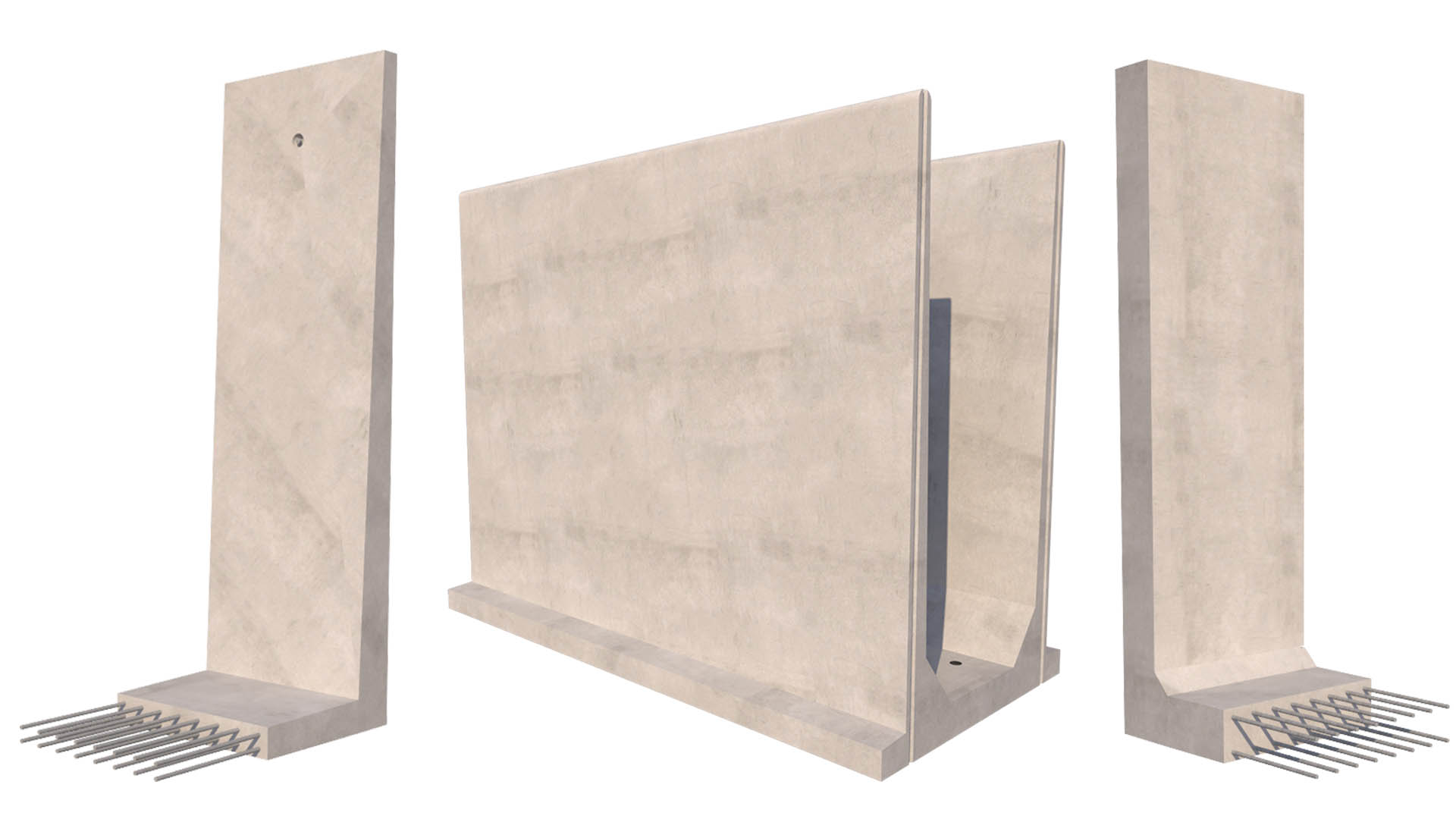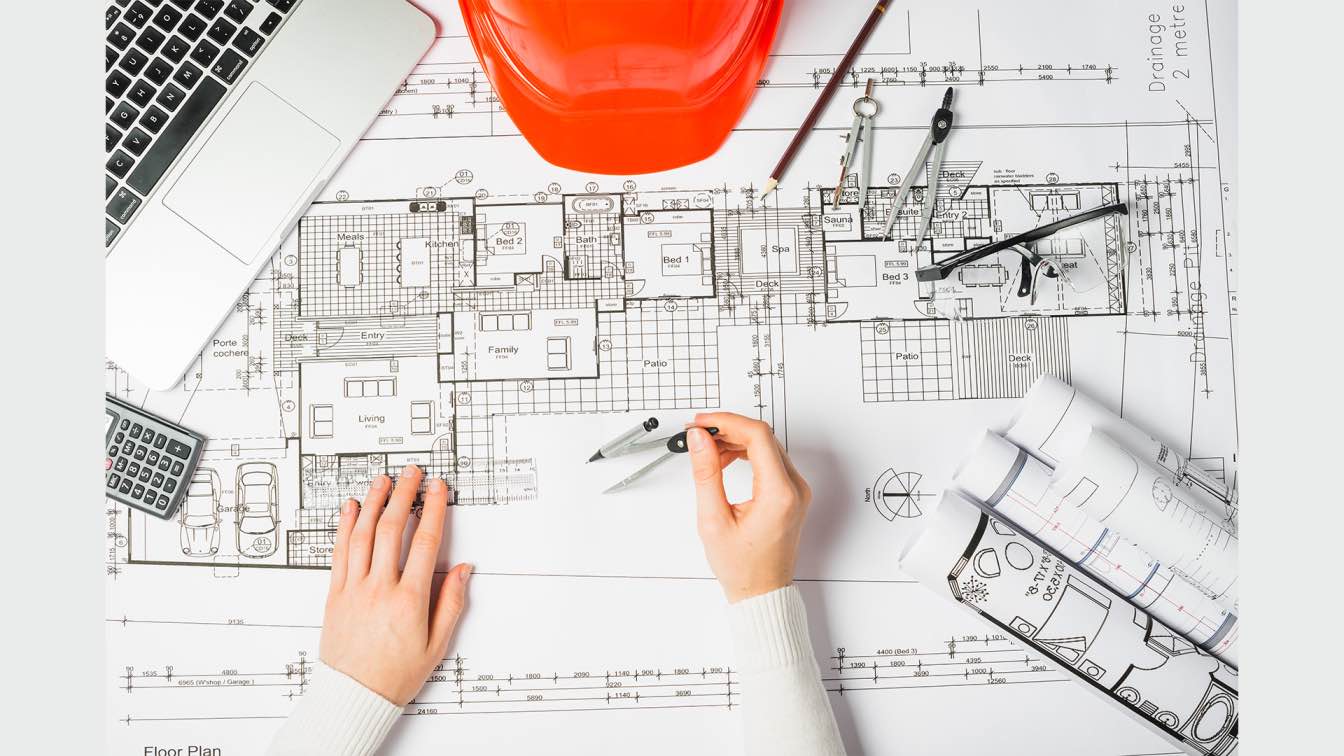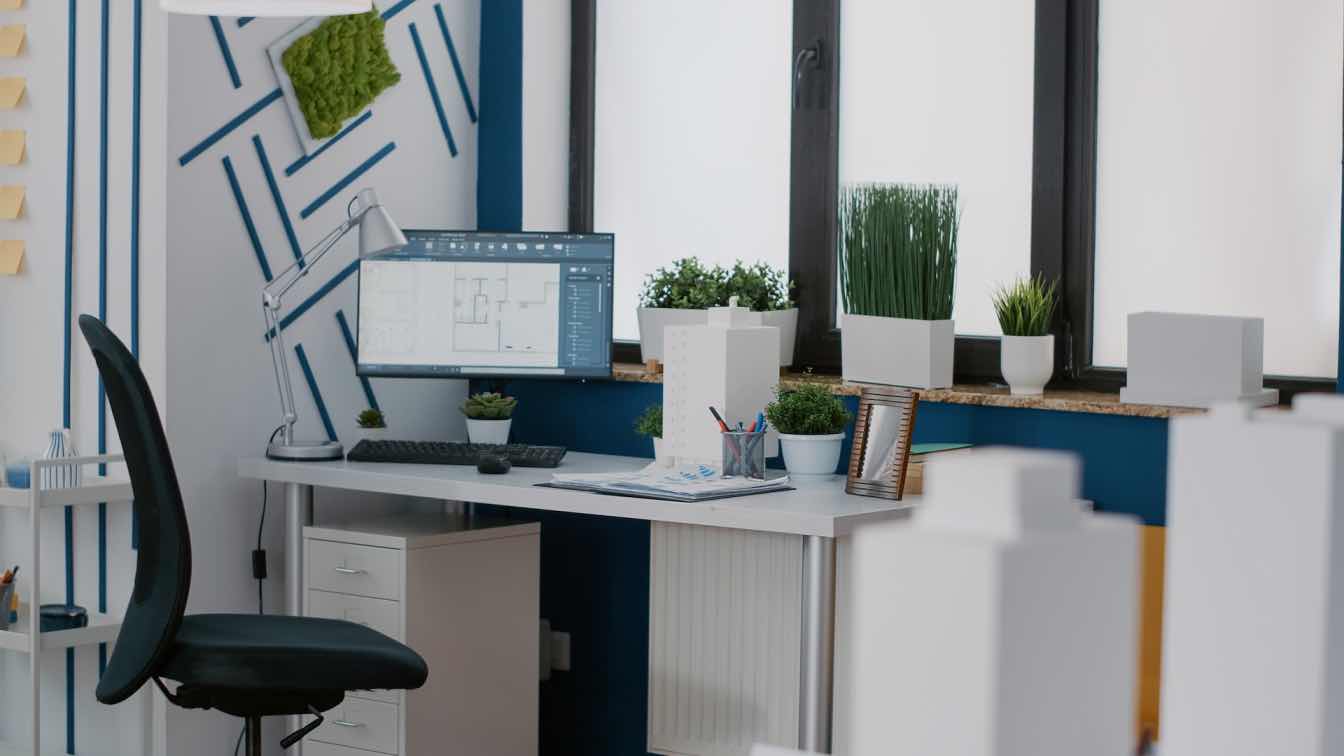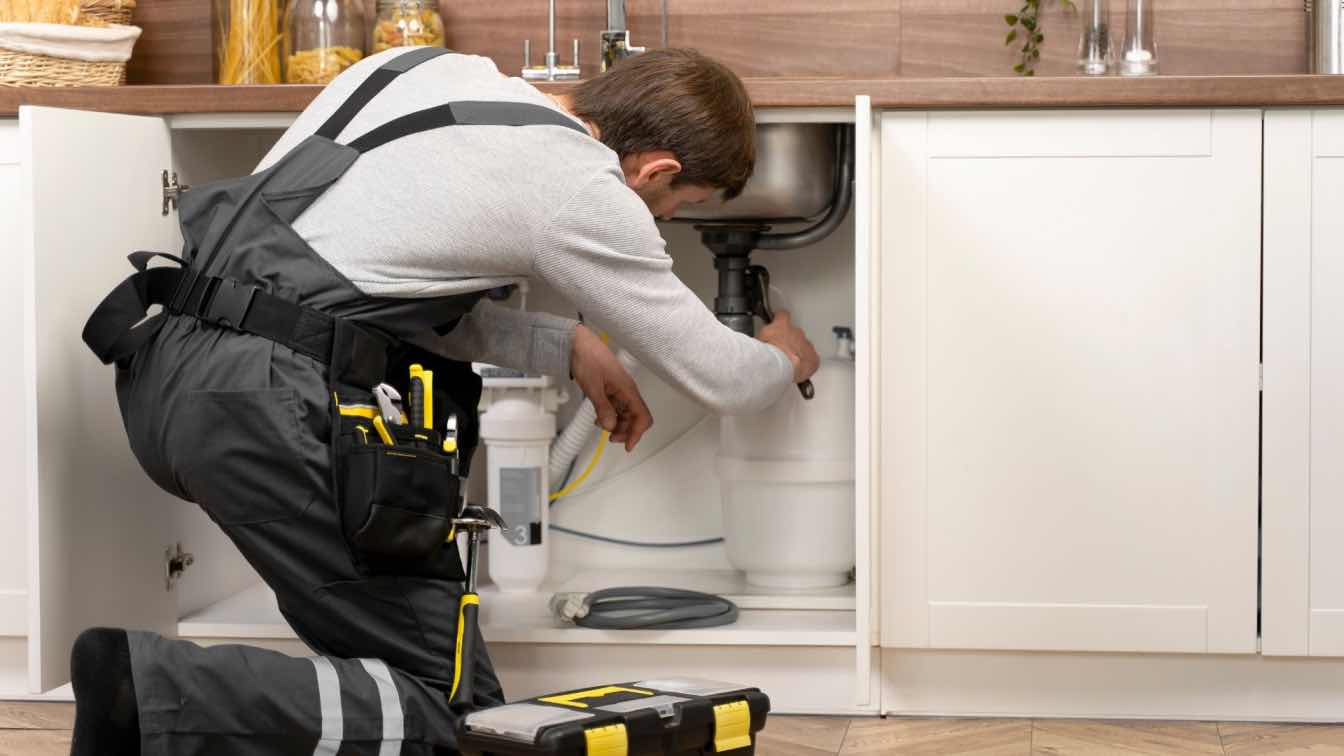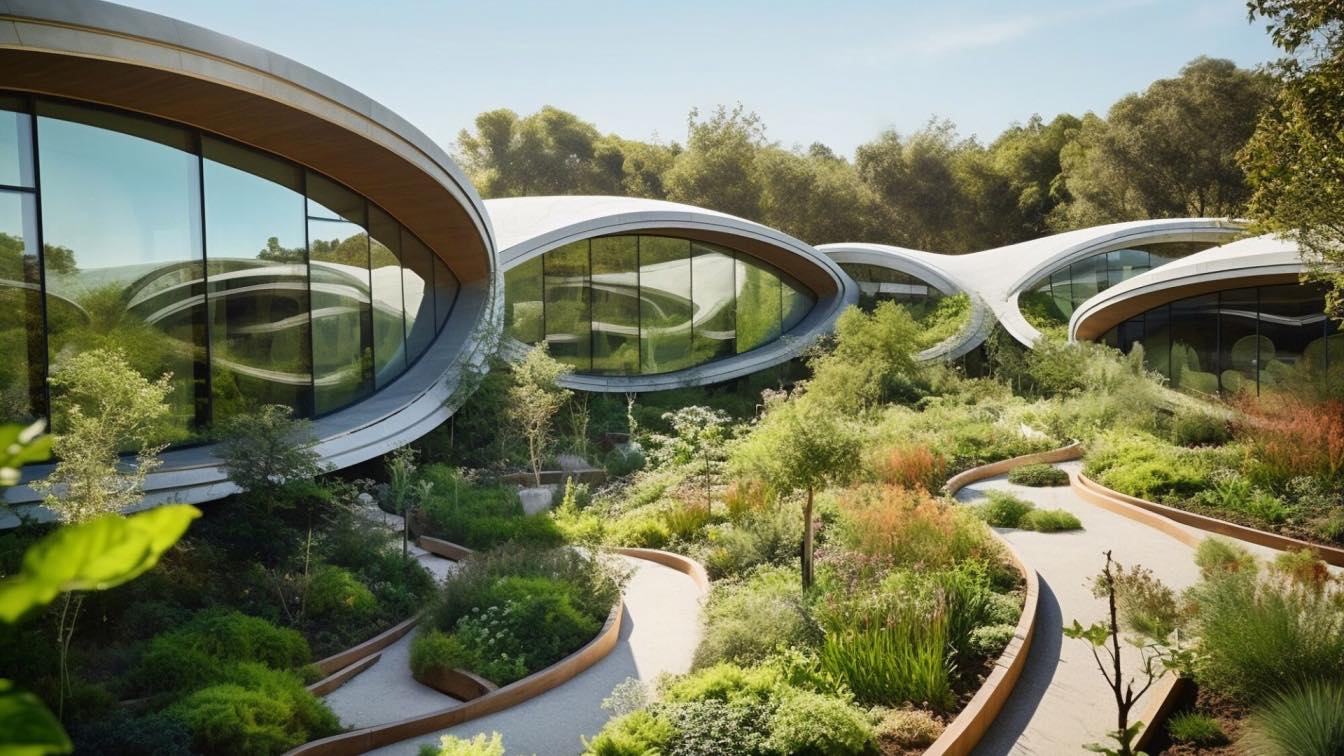Retaining walls serve an invaluable purpose for any property, commercial or otherwise. The retaining walls you have will protect your property from soil erosion and more, and it follows that the retaining wall you build and install should be the right fit for your property’s location, the soil, the drainage, and so on. But there are various kinds of retaining walls available, so which one would be the ideal wall for your premises? What type of retaining wall works best for your property? Here are the answers to your top questions.
What you should know and remember
First, before you can begin to choose your retaining wall, there are a few things to remember. You have to evaluate the location of the wall as well as the design of the wall, and you also have to consider the drainage system. Once you have assessed all of these, that's the only time you can choose the right retaining wall. If you have a system-type retaining wall, for instance, your designers have to collaborate with the wall manufacturer to ascertain your requirements regarding absorption, strength, deviations in height, and more. They should also discuss whatever reinforcement methods you may need.
Kinds of retaining walls
Cantilevered wall
The cantilevered wall is useful for deeper excavations with a height of 5.4 metres or more. As the name suggests, a cantilevered wall will work on the concept of leverage, and you will often find them in an inverted T-shape along with masonry or reinforced concrete. You don’t require as much building material for cantilevered walls compared to gravity walls, and you can have them manufactured by a precast concrete provider who already has a king post wall or another kind of precast concrete wall selection. Alternatively, you can have them poured right on your site. For those considering a durable and efficient option, many residents in Brisbane are turning to concrete sleepers. These sleepers not only serve the functional purpose of retaining soil in a cantilevered wall but also offer a sleek and modern design for landscaping.Consider exploring concrete sleepers in Brisbane from reliable suppliers such as Retaining Wall Supplies. They provide a range of options, allowing you to select the style and color that complements your specific wall design.
Gravity wall
The gravity wall can come curved or straight and is usually just below 1.2 metres high, but this can also depend on your specifications. This type of retaining wall makes use of its weight so it can prevent the soil from eroding. These are often made from materials that are heavy, such as concrete blocks or stone. The wall leans back and has edges that interlock, and it uses its mass and weight to resist the soil pressure.
Panel wall
One distinct advantage of panel walls is that you can place them in a tighter or narrower space with a limited walk-through, and you can see them used in taller applications like motorway ramps. You can also see them mostly in places or spots with heavy loads. You can use posts that connect each panel to the other, particularly if the panels are made from precast concrete material that is steel-reinforced. You can even have these panels custom-made with various decorative finishes so the panels can fit in with an area's look or theme.
There are other kinds of retaining walls from which you could choose, including gabion mesh walls, bored pile or sheet walls (ideal for temporary excavations in tighter locations like cofferdams, seawalls, and marine areas), and counterfort walls. It's always best to consult with the experts to know which wall is best suited to your needs.

